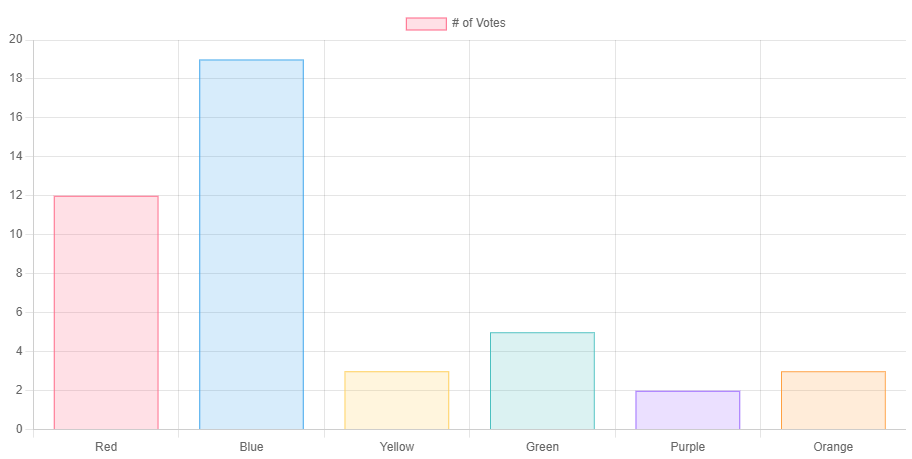With our newly connected world, it is easy to become enamored with new technologies and new devices that are coming out. Many tech companies come out with a new phone or device almost annually to keep the forward march of progress and growth anew. According to Statista.com, over 200 million iPhone shipments were recorded in 2020. That is more than the mind can comprehend in a single device. That doesn’t include other Android phones. That is a lot of mobile device that all at the end of the day, have one destination at the end of their life, the graveyard. Mobile phones are made almost to be in a commodity state at this point. They have non-replaceable parts like batteries and ports. These are common things that wear over time that could be replaced to expand the lifespan of these products, but they are not. Why is that? Well, it could be a complex answer.
The expected lifespan of a mobile device is about 2 years. This is when the battery will be at its end of life expectancy usually. It makes sense to just replace the battery correct? Well, it can be argued that by allowing easy replacement of the battery, the IP rating is degraded, but this has been proven wrong. (See the Samsung S5 Active with a IP68 rating and user replaceable battery, unlike the iPhone 13 and Samsung S22 of now with IP68 ratings and no battery replacement.) So what can we do to fight this? If major phone manufactures do not want to make the hardware more durable, what else can we do?
Luckily, the software side has answered this issue. While Apple is seen as a clear argument about e-waste on their products, they do have a very powerful weapon against e-waste, “Long Term Support”. Looking at their support page for the most recent iOS 15.2 release at this time, they have support still listed for iPhones from 2016. Namely the iPhone 6S, 6S Plus, and iPhone SE (1st generation). These are almost 6 year old phones that have the latest security updates and software features. Keeping an older item going reduces your impact more than you can imagine. It much like scrapping an old car for a newer, more efficient car might not necessarily be more impactful to reducing energy consumption. Contrast this with Android. Android has finally started to get to a more stable place in terms of core updates for Android devices. The darkest of times are behind us, but the way updates are pushed for Android phones outside of the Pixel lineup is very archaic. An Android phone that is not mainstream can stop receiving updates within a year or so. It also does not help that a majority of mobile network tied devices also require a custom build of that update to the device. This means that a certain phone could be updated on one carrier and not the other. This fragmentation leads to more phones not getting the proper updates that they need. While forking software can lead to more long term support, it has not seemed to be so.
So how do we go further than our current standard? It again is a complex answer. The most obvious answer would be to implement both a mix of long term software support and replaceable parts, but that future is far from right now. (Luckily, some uncommon players are leading this charge like Steam with their upcoming Steam Deck device.) Though the easiest answer at the moment would be to open up platforms. While an Apple is never going to open up their mobile hardware platform, Android could go far in this field. Manufactures such as Samsung opening up hardware drivers to open source to allow open source software to run on them. Imagine, you could use older mobile phones to build things like an easy security camera setup with the amazing cameras they have now. Heck, with the high speed connectivity and powerful processors phones have now, running a file server could be easily done on the device if the open source community had the official drivers from Samsung themselves. Giving purpose to an older device so that it does not land in a landfill is the ultimate way to reduce our impact. This does not even need to be a fully functioning open phone, but giving drivers for open source bootloading of an operating system with wireless drivers would help immensely.
While our impact on the world is not going to end abruptly, we know the steps that corporations need to take to reduce e-waste for consumers. Building products that continue to sell, but also opening up longevity can become a huge plus in this day and age.
